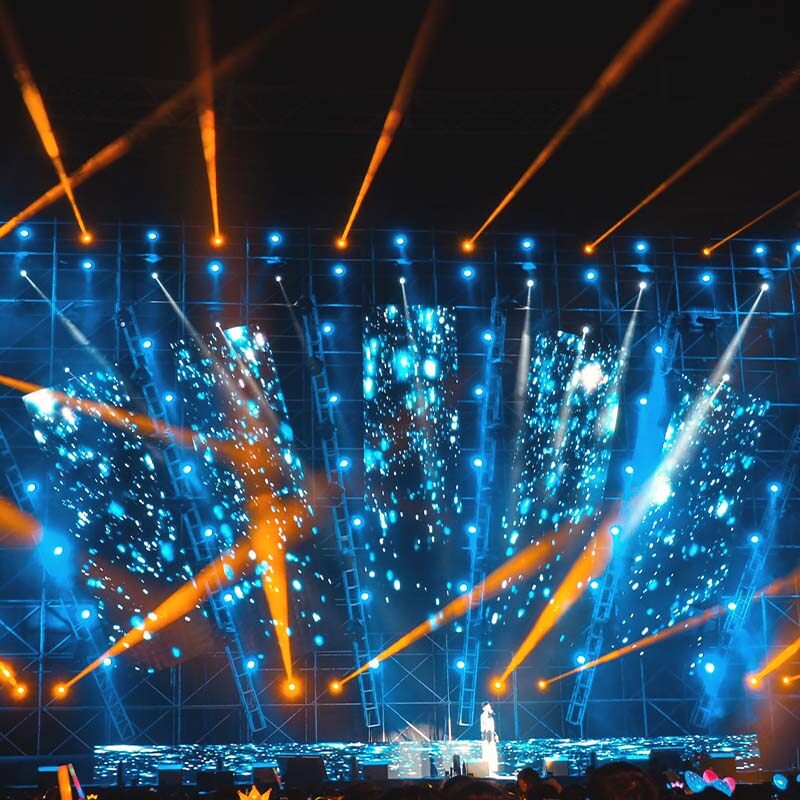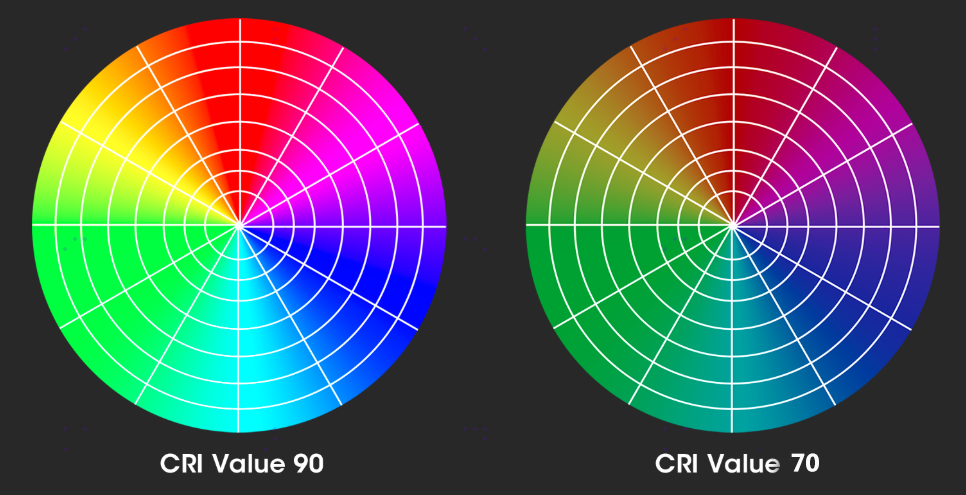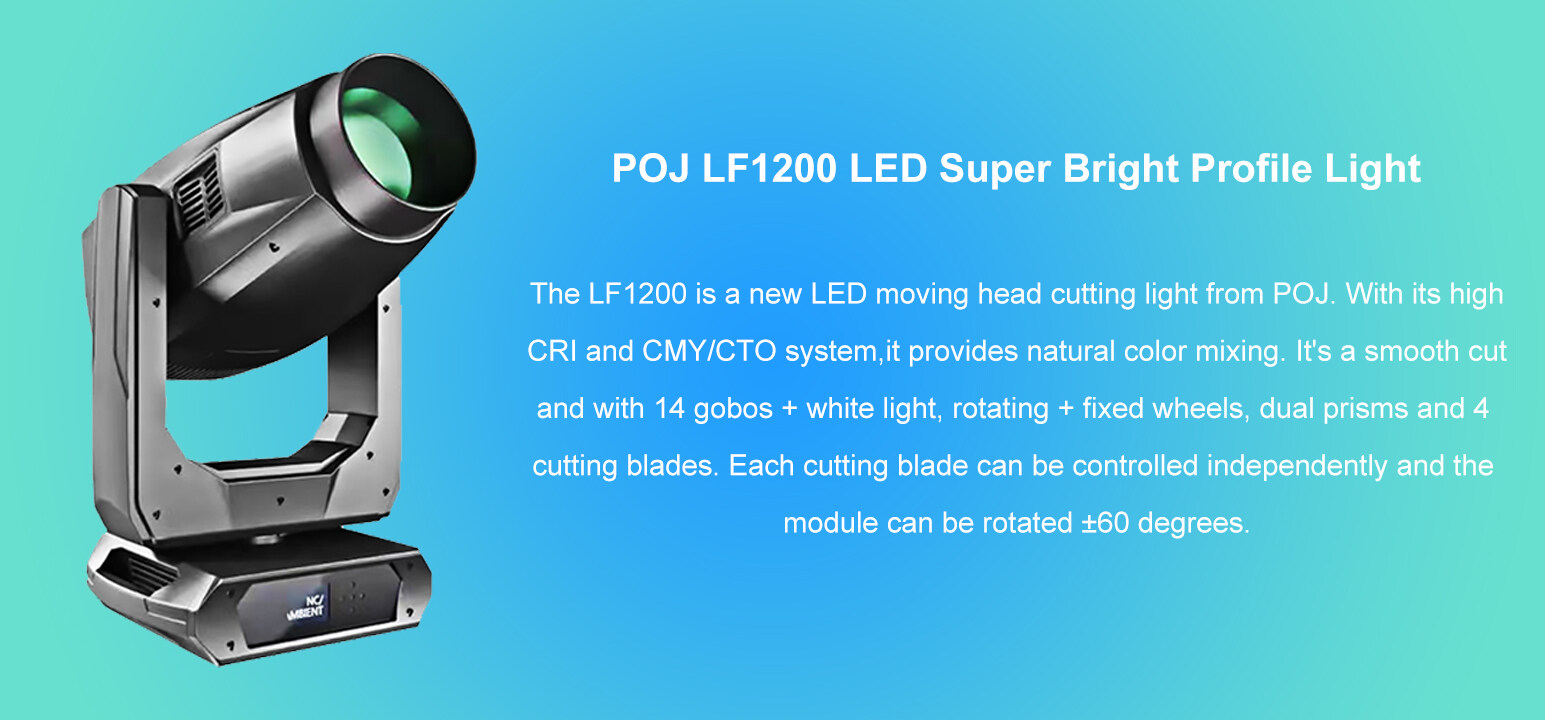E-Mail-Formatfehler
emailCannotEmpty
emailDoesExist
pwdLetterLimtTip
inconsistentPwd
pwdLetterLimtTip
inconsistentPwd



Dazzled when selecting stage lighting products? And how exactly do you choose high quality white light?
We will popularize it for you in this article. Taking sunlight as the reference light, the quality parameters of artificial light are measured by some parameters.
Several criteria will be discussed below: CRI,TLCI,TM30-15,CQS
CRI (Color Rendering Index) is a commonly used standard for judging light quality.
Taking sunlight as a reference, it can reflect the color reproduction of light, and the value range is
1.CRI (Color Rendering Index)

Above | CRI70 VS CRI90 Color Vividness
CRI (Color Rendering Index) is a commonly used standard for judging the quality of light. Taking sunlight as a reference, it can reflect the color reproduction of light, with a value range of 0~100. If the CRI value of the measured light is too low, it may cause the color deviation seen by the human eye. In the film and television lighting industry, generally CRI ≥ 90 is considered "good".
2.R9
Above | Reduction of R1-R15 for different colors.
R9 is a more important value in the CRI, is the "saturated red" color reduction index, R9 can further reflect the final quality of the light source. Due to the lack of red color in some light sources, even if the CRI is above 80, it does not necessarily prove that the quality of the light source is very good.
3.TLCI (TV Lighting Consistency Index)
Above | TLCI's 24 color blocks
TLCI (Television Lighting Consistency Index) is the Television Lighting Consistency Index. Compared with CRI, TLCI can more realistically reflect the color performance of LED light source on the camera. Generally speaking, the higher the TLCI, the better the effect when the camera shoots the program.
4.TM-30-15
TM-30-15 is a new method for evaluating the color rendering ability of light sources published by the Illuminating Engineering Society of North America (IES) in 2015. Compared to CRI's 8 color metrics, TM-30 uses 99 color assessment samples to greatly improve accuracy and reliability, and references the concepts of Rf and Rg to indicate the values of fidelity and saturation, respectively.
In 2018, IES also released a new color quality evaluation standard for light sources, TM-30-18, which adjusts some of the functions, measurement intervals and calculation scale factors.
5.CQS (Color Quality Scale)
CQS is a method used to evaluate the color quality of a light source. It takes into account the color properties of the light source, including color saturation, color temperature, color consistency and other factors, and judges the overall quality of the light source through a comprehensive score.
Above | CQS Evaluation Criteria
This metric was developed by researchers at NIST. Since the CRI proposed by the International Commission on Illumination has led to some problems with the use of unsaturated colors and a small number of sample colors, the CQS uses higher saturated colors and proposes 15 new colors to evaluate the light source, with 100 representing the best light source quality and 0 representing the worst light source quality. To calculate the CQS, we also need to introduce the concepts of Rf and Rg.
Fidelity Rf is used to characterize the light source's color rendering index CRI (Color Rendering Index), that is, the degree of similarity of each standard color in the test light source irradiation compared with irradiation in the reference light source, the number from 0 to 100, the higher the value of the color realism is better.
The formula for calculating Rf is: Rf = Ra * Rw * Rv.
Of which, Ra for the color-only index, on behalf of the reproduction of black and white gray aspects of the ability; Rw is the color index, on behalf of the light source to reproduce the color aspects of the ability to Rv is the color consistency of the index, on behalf of the color consistency of the light source in different color temperatures.
Above | Rf color reproduction image
Rf = 100 is the maximum value, representing no color difference with the natural light source color, color effect is realistic
Rf = 0 is the minimum value, representing the color difference with the natural light source under the color of the largest, color effect distortion
Color saturation Rg is used to characterize the light source color gamut index GAI (Gamut Area Index), that is, the standard color in the test light source irradiation and reference light source compared to the degree of saturation, the index 100 represents the best saturation.
Rg formula: Rg = R9 * R12 * Rf'. Among them, R9 is saturated red index, on behalf of the light source to reproduce saturated red ability. R12 is saturated blue index, on behalf of the light source to reproduce saturated blue ability. Rf 'is the product of the remaining 6 color index, on behalf of the saturated red, blue, in addition to the reproduction of other color aspects of the ability.
Rg = 100, representing the same saturation as natural light, moderate color saturation.
Rg>100, means that the light source can increase the saturation of color, the object looks more bright and vibrant.
Rg<100, means that the color saturation will be reduced under the test light source, the color saturation is insufficient, and the object becomes gray and dull.
CQS formula is: CQS = Rf * Rg, where Rf is the fidelity, also called color reproduction index, on behalf of the ability of the light source to reproduce the color of the object, Rg is the saturation retention index, on behalf of the ability of the light source to maintain color saturation. Therefore, through the CQS formula measurement, you can quantitatively assess the color quality of the light source.
Of course, the product itself is designed to serve the application scenario, not the higher the light quality the better. The higher the indicator, the lower the luminous flux output, so choose the best for you.